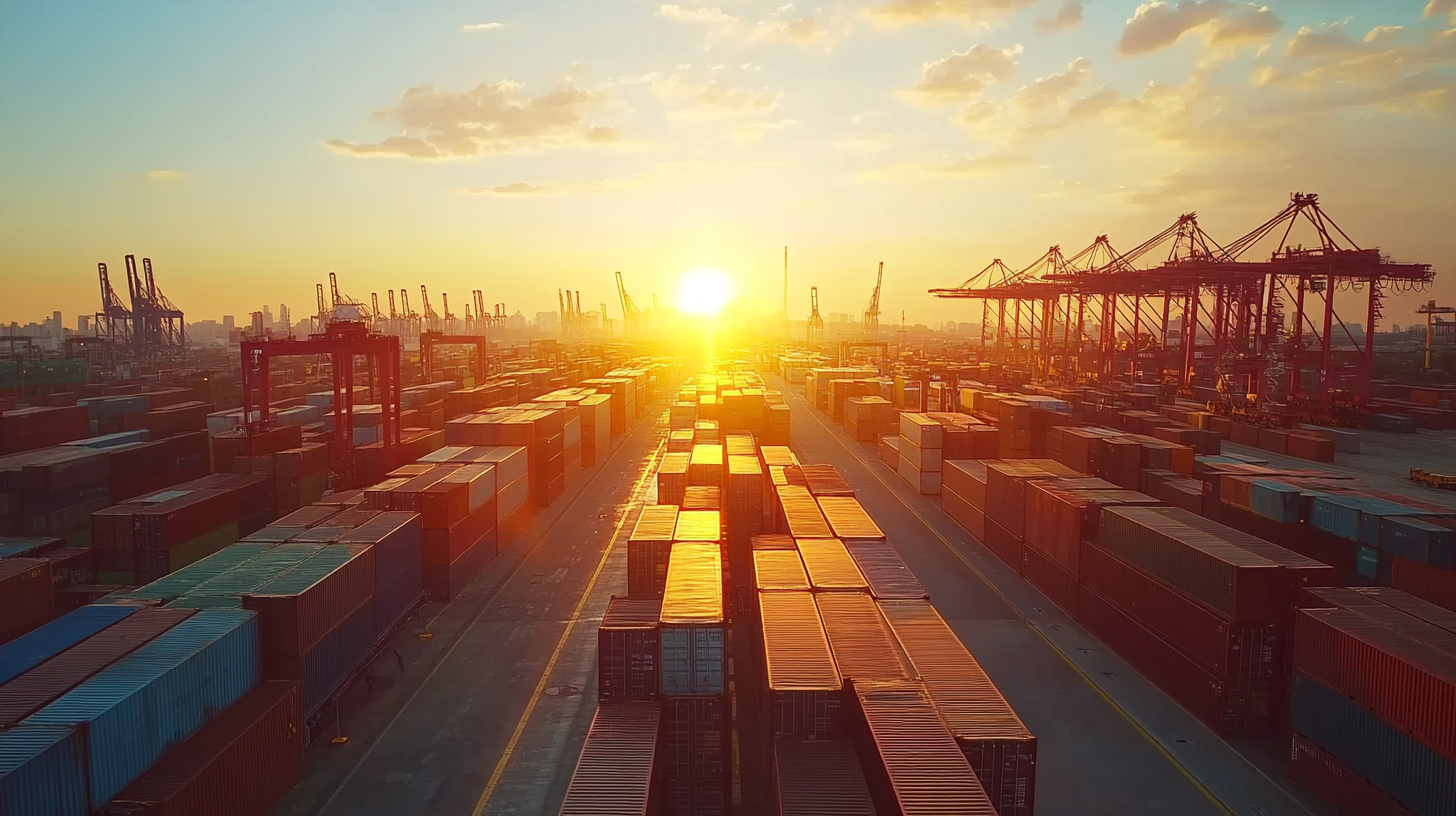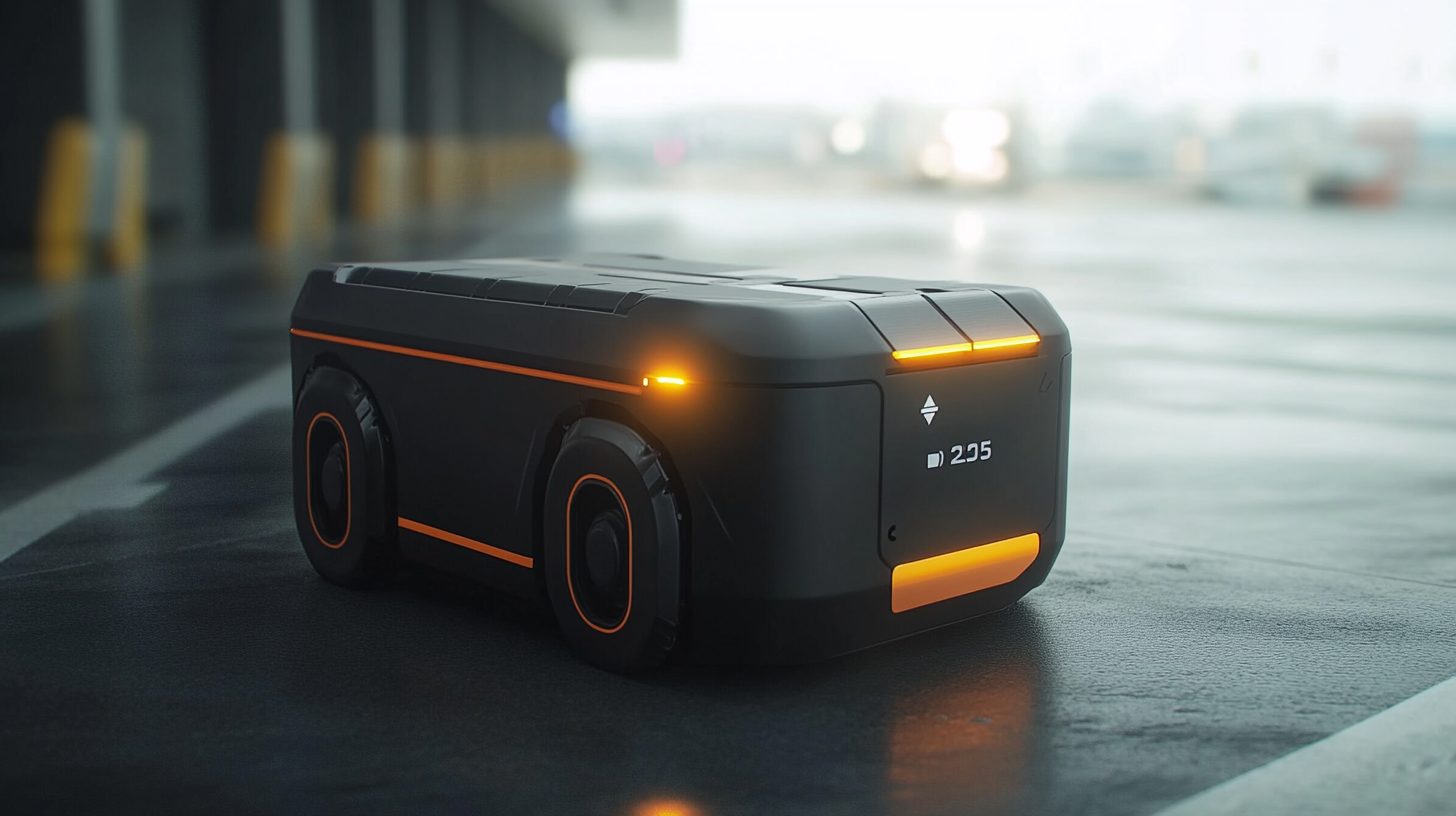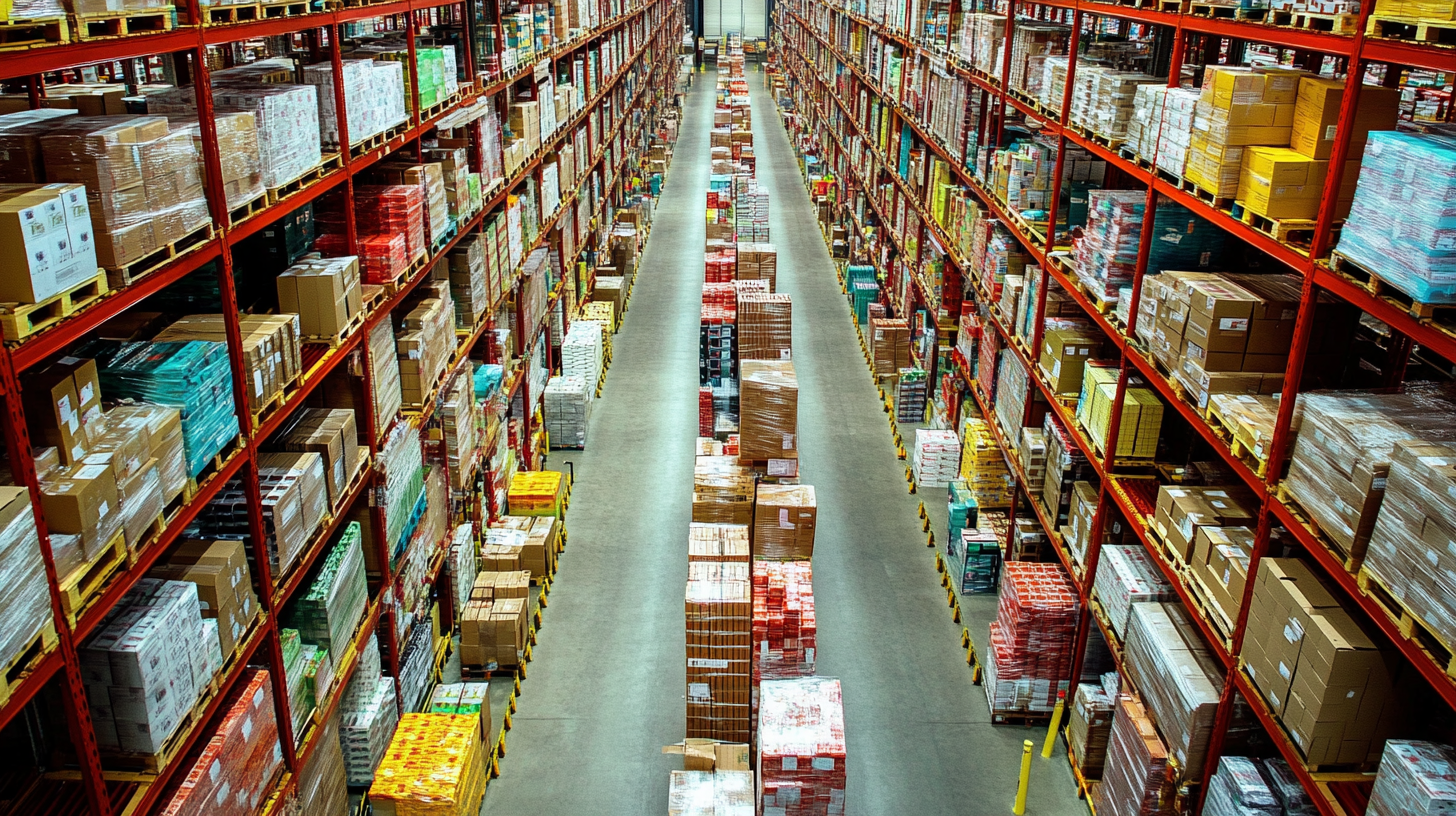ProMach is your partner from start to finish. Our product brands are grouped into distinct business lines that make the most sense to our customers, covering every function of the production line: Filling, Bottling & Capping, Decorative Labeling, Flexibles & Trays, Pharma, Handling & Sterilizing, Labeling & Coding, Robotics & End of Line, and Systems & Integration.
learn moreFuture of Packing Equipment: 2025 Innovations and How to Optimize Your Supply Chain
As we approach 2025, the landscape of packing equipment is set to undergo significant transformations driven by technological advancements and evolving consumer demands. The need for efficiency, sustainability, and adaptability in supply chains has never been more crucial, prompting industries to innovate their packing equipment to meet these challenges head-on. In this blog, we will explore the anticipated innovations in packing equipment that will redefine how products are packaged and delivered. We will also discuss strategies for optimizing your supply chain to ensure seamless integration with these new technologies. By understanding the future of packing equipment, companies can position themselves advantageously, enhancing operational effectiveness while meeting the rising expectations of their customers. Prepare to delve into the exciting developments that lie ahead and how they can revolutionize your approach to packing and logistics.

Innovative Technologies Shaping the Future of Packing Equipment by 2025
The packing equipment industry is on the brink of a transformative era, driven by innovative technologies set to reshape operations by 2025. As companies strive for greater efficiency and sustainability, advancements such as smart automation, artificial intelligence, and IoT integration are gaining traction. These technologies enable real-time tracking and analysis, allowing businesses to optimize their packing processes and reduce waste. For example, AI algorithms can predict packing needs and adjust machine operations seamlessly, leading to improved workflow and decreased downtime.
Moreover, sustainable packing solutions are becoming a focal point as environmental concerns rise. In 2025, innovations like biodegradable materials and energy-efficient machinery will not only meet regulatory standards but also appeal to eco-conscious consumers. Companies embracing these innovations are likely to enhance their brand reputation while contributing positively to the planet. Integrating these technologies into packing operations not only streamlines the supply chain but also positions businesses strategically in a competitive market. By focusing on these cutting-edge tools, organizations can redefine their packing strategies and ensure long-term success in a rapidly evolving landscape.

Impact of Automation on Efficiency and Cost Reduction in Packing Solutions
The landscape of packing equipment is rapidly evolving, with automation taking center stage in enhancing efficiency and reducing costs. As we approach 2025, businesses are increasingly recognizing the crucial role that automated solutions play in streamlining packing processes. By integrating advanced technologies such as robotics and artificial intelligence, companies can significantly minimize human error, speed up production times, and optimize resource allocation. Automated packing systems not only accelerate the speed of operations but also ensure a higher degree of consistency and accuracy in packaging, which is essential in meeting the demands of today's fast-paced market.
Moreover, automation in packing solutions translates directly into cost savings. By reducing labor costs and minimizing waste through precision packaging, businesses can achieve greater profitability. Automated systems allow for real-time monitoring and data analysis, empowering companies to identify bottlenecks and optimize their supply chains efficiently. This shift not only enhances productivity but also supports sustainable practices by reducing material waste and energy consumption. Embracing these innovations in packing equipment not only prepares businesses for future challenges but also enables them to thrive in a competitive landscape that increasingly prioritizes efficiency and sustainability.
Future of Packing Equipment: Innovations in 2025
This pie chart illustrates the projected distribution of innovations in packing equipment by category for the year 2025, highlighting the impact of automation on efficiency and cost reduction.
Sustainability Trends: Eco-friendly Materials and Practices in Packaging
As we look towards 2025, the packaging industry is undergoing a transformative shift driven by sustainability. Companies are increasingly prioritizing eco-friendly materials and practices to reduce their environmental footprint. From biodegradable plastics to recycled paper products, the use of sustainable materials not only addresses consumer demand but also complies with stringent regulatory standards. This evolution is not merely a trend; it's a necessity for brands aiming to align themselves with the values of the modern consumer.
Innovative practices, such as minimalistic design and efficient packaging techniques, are also gaining traction. By reducing excess materials and optimizing package dimensions, businesses can lower shipping costs and decrease waste. Additionally, implementing closed-loop systems allows companies to reclaim and repurpose used packaging, further contributing to sustainability. In an era where environmental consciousness shapes consumer choices, embracing such strategies is not just beneficial for the planet but can also enhance brand loyalty and market competitiveness.

Data-Driven Decision Making: Leveraging Analytics for Supply Chain Optimization
In the evolving landscape of supply chain management, data-driven decision making is becoming the cornerstone of optimization strategies. As organizations look toward 2025, leveraging analytics not only enhances operational efficiency but also fosters innovation in packing equipment. Companies can utilize real-time data to address inefficiencies, reduce costs, and improve response times, transforming traditional supply chain practices into agile, smart systems.
The integration of advanced analytics into packing processes allows businesses to scrutinize every facet of their operations, from material selection to logistics. By employing predictive analytics, for instance, companies can forecast demand patterns, ensuring they have the right amount of packing materials on hand, thereby avoiding overstock or stockouts. Furthermore, machine learning algorithms can identify patterns and recommend best practices, helping organizations pivot quickly in response to market changes and consumer behaviors.
Implementing data-driven strategies not only streamlines packing operations but also enhances sustainability efforts. Companies can analyze data to optimize resource consumption and minimize waste, thus aligning their packing processes with environmentally-friendly practices. As we approach 2025, those who embrace analytics will not only optimize their supply chains but also stay ahead in an increasingly competitive marketplace.
Trends in Consumer Preferences and Their Influence on Packing Equipment Design
As we look towards 2025, the evolution of packing equipment is closely tied to shifting consumer preferences. According to recent reports, sustainability remains a top priority for consumers, with over 70% indicating that they prefer products with eco-friendly packaging. This trend is prompting manufacturers to innovate their designs, focusing on biodegradable materials and reduced packaging waste. The shift toward more sustainable practices not only meets consumer expectations but also aligns with stringent regulations that are emerging globally, pushing brands to rethink their packaging strategies.
In addition to sustainability, the impact of automation is transforming packing operations. A recent industry survey highlighted that 62% of packaging companies are investing in automated solutions to enhance efficiency and reduce labor costs. This shift is essential, especially in the context of rising inflation and supply chain challenges. Companies that leverage advanced technologies—such as robotics and smart packaging solutions—can not only streamline their operations but also respond more effectively to consumer demands for faster delivery and greater convenience. The combination of consumer-driven trends and technological advancements heralds a new era for packing equipment design, where flexibility and responsiveness are key to success.
Future of Packing Equipment Innovations (2025)
This bar chart represents the anticipated innovations in packing equipment for 2025, influenced by consumer preferences. The data reflects trends in sustainability, automation, and customization.